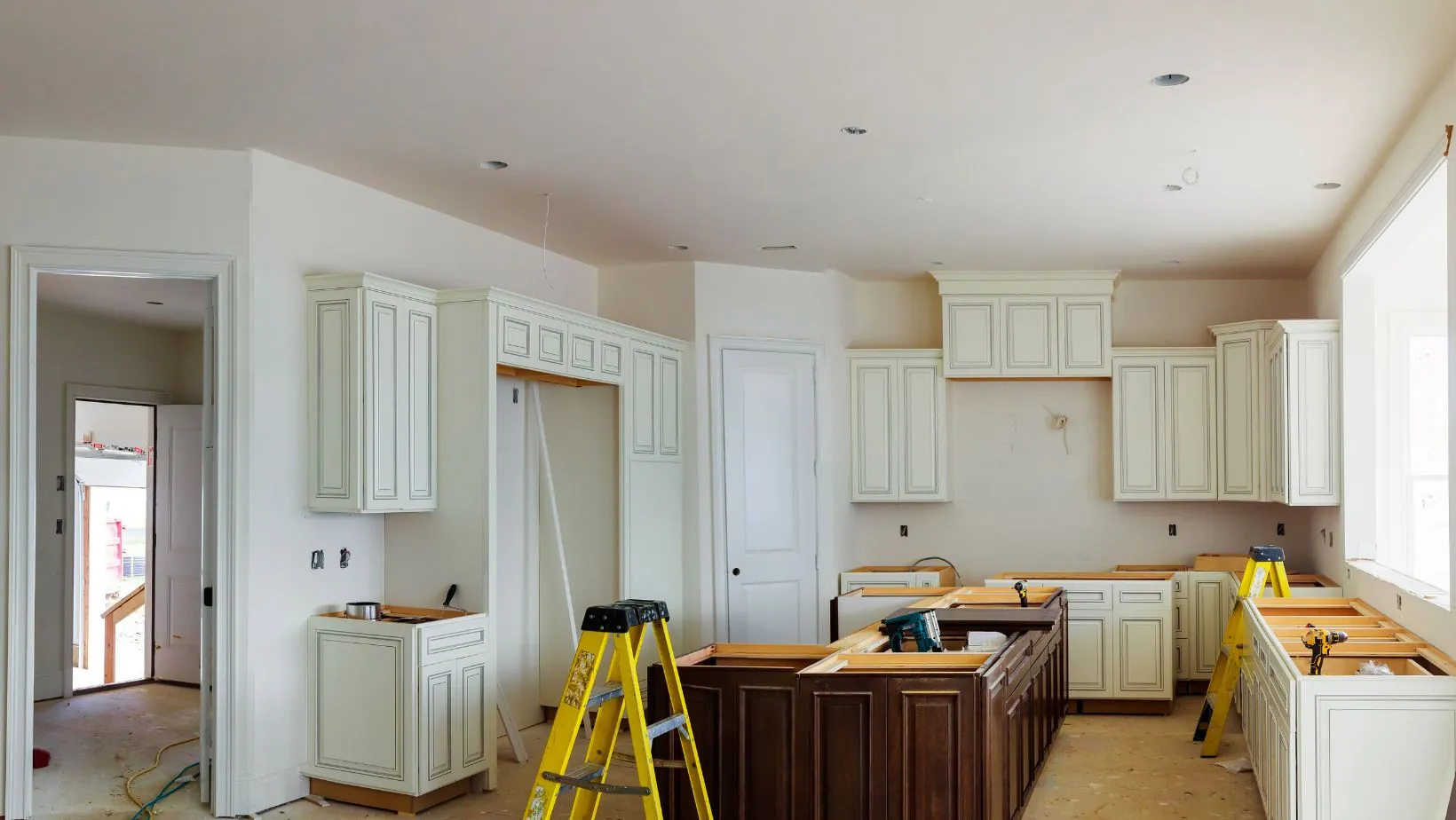The correct kitchen cabinet selection can transform a space while assisting in abundant storage and ensuring smooth circulation. This guide explores key considerations and provides actionable guidance to help you make a good decision.
Understanding Kitchen Layouts
You must decide on the kitchen layout before selecting cabinet sizes. Various kitchen styles need different cabinet setups. Once you understand the style of base kitchen cabinets you want, the next thing to consider is the cabinet sizes for your home that fit perfectly in your U-shaped, L-shaped, or galley kitchen. Remember that cabinets must go with appliances and other features for a cohesive look.
Standard Cabinet Dimensions
Cabinets have standard measurements that help the design and installation process. They usually have a depth of 24 inches for storage and easier access to items. The height is mostly 34.5 inches, ideal for countertops. They come in widths from 9 to 48 inches for kitchen storage.
Assessing Storage Needs
Understanding storage requirements is essential. Think about what types of items you will store. Wider cabinets are necessary for pots, pans, larger kitchen appliances, and utensils; a narrower cabinet design will help organize smaller items. Understanding what you must store, selecting the function, and choosing the ideal size is simple. It also ensures everything is in its spot, which cuts down on clutter and makes organization easier.
Considering Kitchen Traffic Flow
Consider space and movement inside the kitchen; this is crucial as it will help avoid cabinet placement congestion. Do not jam-pack areas with frequent movement, such as next to the stove or sink. A properly spaced kitchen minimizes congestion between cabinets and other elements, which makes cooking and cleaning efficient.
Material and Design Influence
The materials and design are essential to its appeal and functionality. Different materials offer varying levels of durability and style. Some might lean toward classic wood for its timeless elegance, while others may choose a smooth laminate style to create a more contemporary aesthetic. The kitchen’s theme should reflect in the materials and design, and give your space an illuminating and aesthetic appeal.
Budget Considerations
Although it may run in the background, the budget determines your cabinet size and material. The main benefit of larger sizes is that they offer more storage and often cost more. But, just like anything else, you must balance needs with your budget. Choose the materials and sizes according to functional needs and budget to ensure you make the correct decision and save money.
Custom vs. Pre-Fabricated Cabinets
Homeowners must choose between custom and prefabricated cabinets. Custom cabinets can fit various sizes, designs, and styles, from raw materials to finished products.
They may be more expensive and require some time to install. Prefabricated cabinets are faster to install but lack many customization options.
Installation Considerations
Cabinets are only as good as their installation. Professionals level and attach the cabinets to install them properly, thus improving safety and increasing the cupboards’ life span. If it’s a DIY project, you’ll want to follow the proper manufacturing guidelines and tools.
Future Needs and Trends
Kitchen design trends change from time to time, but one thing that never changes is functionality. Be sure not to buy cabinets that are too big or too small; keep future belongings in mind and ensure they are pliable to your needs. Adjustable shelving can also help meet your needs. In addition to keeping up with design trends, it assists you in selecting designs that stand the test of time.
Conclusion
Choosing the right size base kitchen cabinets requires specific principles that affect their size, like the kitchen layout, storage needs, budget, and much more. When homeowners understand these aspects and plan accordingly, they can create a kitchen that is both highly functional and pleasant to look at. Ensure your kitchen is kept a welcoming and efficient space for several years.




